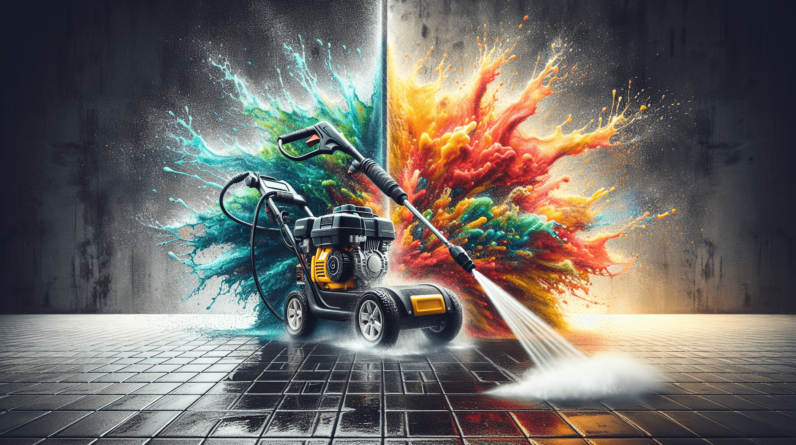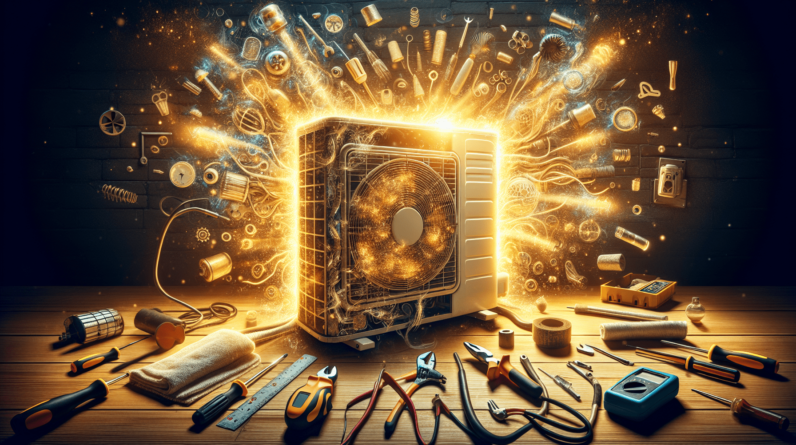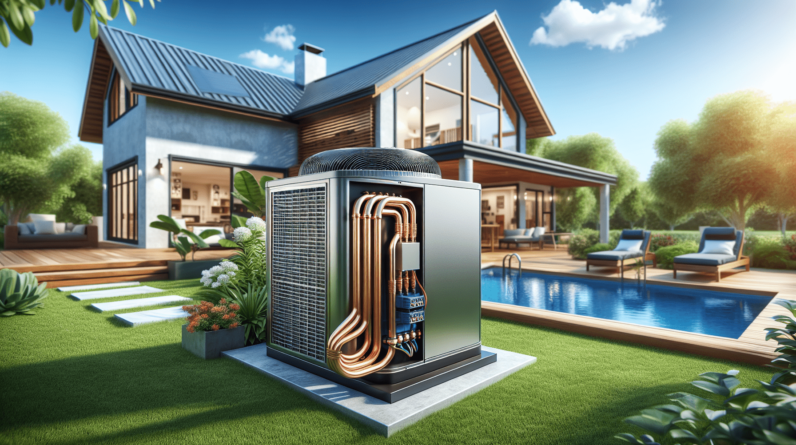

Have you ever wondered why air conditioning has become a staple in so many homes? Whether you’re in a hot climate or just want to stay cool during the summer months, having an air conditioning system is essential for comfort. But what do you really know about its installation process?
Understanding Air Conditioning Systems
Before you even think about installation, it’s important to understand what an air conditioning system is and how it works. Air conditioning systems are designed to control the temperature and humidity levels in a space, providing you with a cool and comfortable environment regardless of the weather outside.
Types of Air Conditioning Systems
There are several types of air conditioning systems available, each catering to different needs and spaces. Here’s a breakdown of the most common types:
| Type | Description | Ideal Use |
|---|---|---|
| Central Air | A system that cools air in a central location and distributes it throughout the home via ducts. | Large homes or buildings with multiple rooms. |
| Ductless Mini-Split | A system that cools individual rooms through wall-mounted units. | Small homes, apartments, or rooms that need specific cooling. |
| Window Units | A compact air conditioning system that fits into window frames. | Single rooms or smaller spaces. |
| Portable Units | A movable air conditioning unit that can be rolled from room to room. | Rooms without windows or those who need temporary cooling. |
How Air Conditioning Systems Work
The core of air conditioning systems revolves around the refrigeration cycle, which involves four key processes: evaporation, condensation, compression, and expansion. The refrigerant in the system absorbs heat from the indoor air, evaporates, and then transfers that heat outside as it condenses into a liquid.
- Evaporation: The refrigerant absorbs heat and evaporates in the indoor coil.
- Condensation: The refrigerant releases heat and condenses in the outdoor coil.
- Compression: The compressor increases the pressure, which raises the temperature of the refrigerant.
- Expansion: The pressure is reduced in the expansion valve before it returns to the evaporator.
Understanding this will help you appreciate how crucial a proper installation is for efficiency.
The Importance of Professional Installation
Choosing to install an air conditioning system isn’t a small decision, and having it done professionally is vital.
Safety Concerns
Air conditioning systems involve electrical components and refrigerants, both of which can be hazardous without proper knowledge and tools. Installing your system without expertise could lead to potential accidents or failure of the unit.
Efficiency and Lifespan
A well-installed air conditioning unit operates efficiently, which saves you money on utility bills and extends the lifespan of the unit. Poor installation can lead to issues such as air leaks, incorrect sizing, or improper refrigerant levels—any of which can drive up your energy costs or shorten the unit’s life.
Warranty Protection
Most manufacturers require professional installation for the warranty to be valid. If something goes wrong, you want to be sure that you’re protected and that you won’t end up digging into your pockets for expensive repairs.
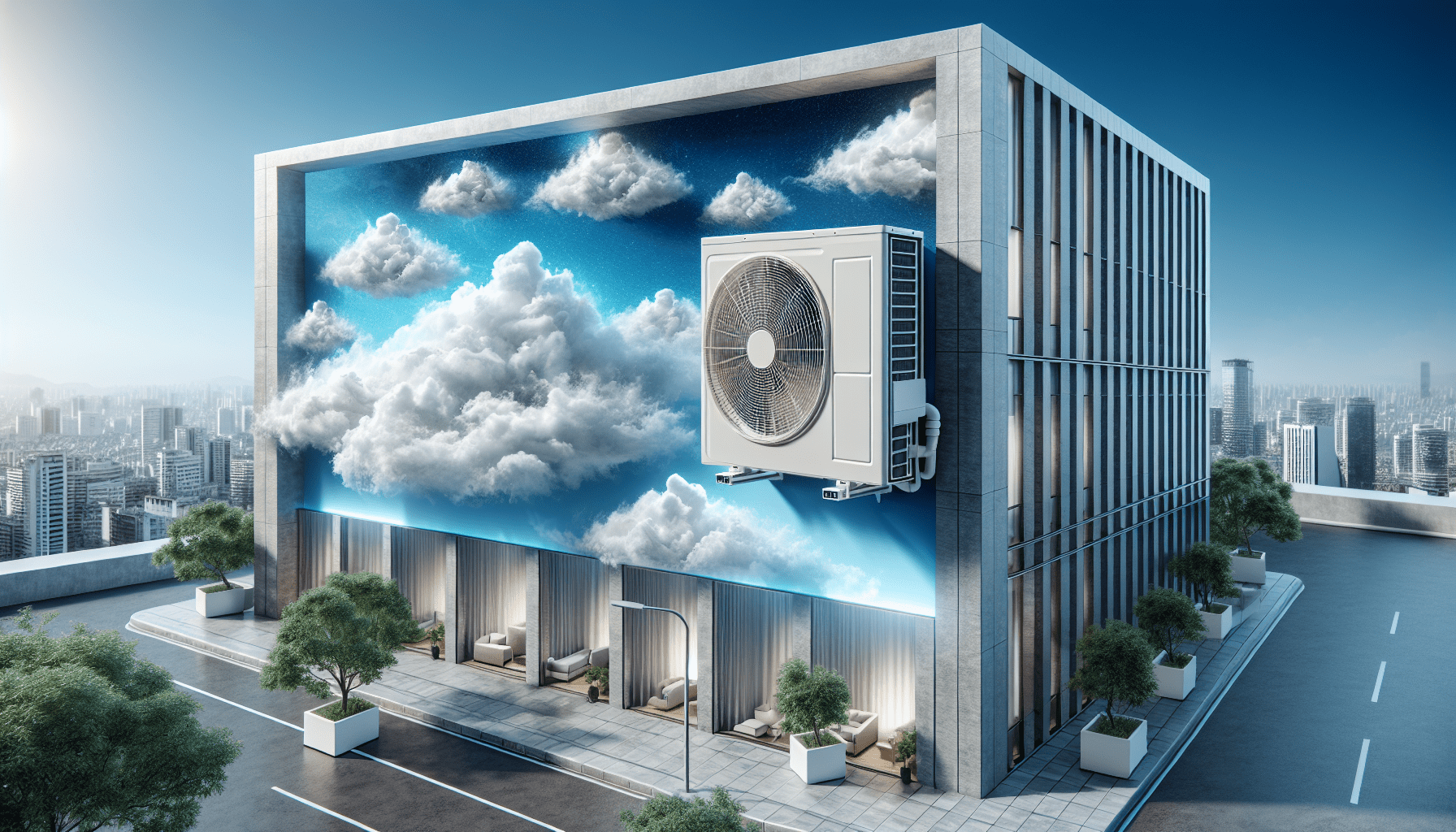
Selecting the Right Air Conditioning Unit
Before installation, you should consider several factors for selecting the right unit for your home.
Assessing Your Space
Think about the size of your home or the specific room you want to cool. A unit that is too small won’t adequately cool the space, while one that is too large will cycle too frequently and waste energy.
BTU Rating
BTU, or British Thermal Units, measures how much heat your air conditioning unit can remove from a room in one hour. A general guideline for sizing is:
- 150 to 250 square feet: 5,000 BTU
- 250 to 300 square feet: 6,000 BTU
- 300 to 350 square feet: 7,000 BTU
- 350 to 400 square feet: 8,000 BTU
Understanding BTU can help you choose a model that suits your needs.
Energy Efficiency Ratings
Energy Efficiency Ratio (EER) and Seasonal Energy Efficiency Ratio (SEER) are both important metrics. Higher ratings mean better efficiency, which could save you a lot in the long run. Look for units with a SEER rating of 14 or higher for optimal energy savings.
Preparing for Installation
Getting ready for installation? Here are important steps to take beforehand to make the process smoother.
Inspect Your Home
Check the location where you plan to install the air conditioning unit for any obstacles or environmental factors. Ensure that:
- There is adequate space for unit placement.
- The location has proper drainage for condensate water.
- There is access to electrical outlets.
Clear the Space
Make sure to remove any furniture or items in the area that could get in the way of the installation. This will help the technicians do their job efficiently and safely.
Communicate with Your Installer
Be clear about your cooling needs and expectations with the installer. Providing them with information about your space, preferences, and any specific concerns can help guide their recommendations.

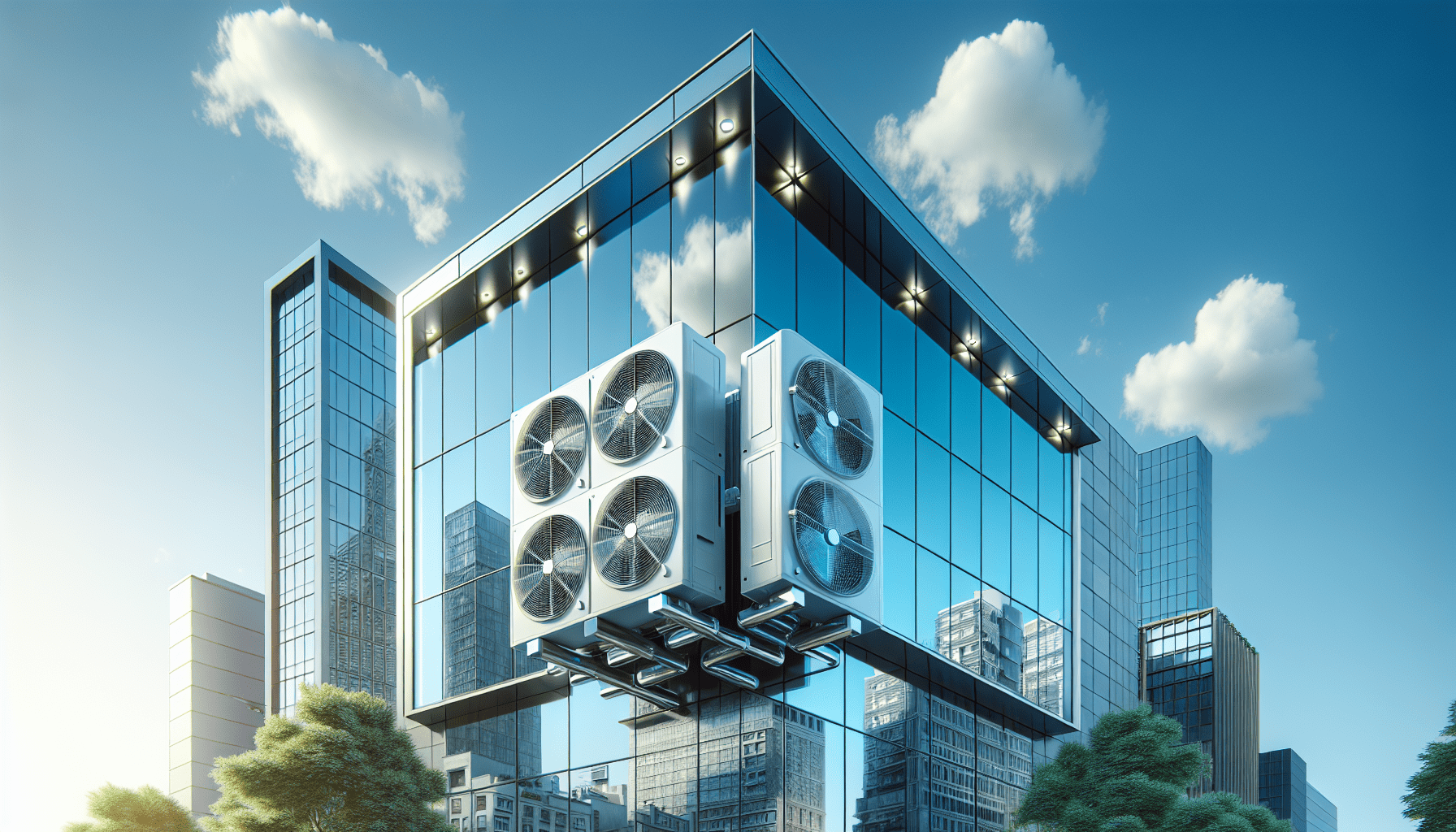
The Installation Process
Once you’ve completed the preparatory steps, it’s time for the actual installation. Here’s what to expect during the process.
Setting Up the Unit
If you’re having a central air conditioning system installed, technicians will begin by setting up the indoor and outdoor units. For duct equipment, they will work on the ductwork if necessary.
Electrical Connections
Next, they’ll take care of the electrical wiring. This is where having a licensed professional is essential. They will ensure that all wiring complies with local codes and regulations.
Refrigerant Line Installation
The technicians will then install the refrigerant lines, which connect the indoor unit to the outdoor condenser. Proper sealing and insulation are crucial to avoid energy loss or leaks.
Testing the System
After everything is installed, the technicians will conduct tests to ensure the system functions perfectly. This includes checking the electrical connections, refrigerant levels, and ensuring there are no leaks.
Final Walkthrough
Finally, the installer will do a walkthrough with you to explain how the system works and what to expect. They should answer any questions you might have and provide tips on maintenance.
Maintenance After Installation
Now that your system is set up and running, maintaining it is essential for longevity and efficiency.
Regular Filters Check
One of the simplest maintenance tasks is checking the air filters. Clogged filters can reduce airflow and make your system work harder, leading to worn-out components. Make it a routine to check and replace filters every 1-3 months, depending on usage.
Scheduled Professional Maintenance
Consider scheduling a professional maintenance check-up at least once a year. Technicians can clean the coils, check refrigerant levels, and ensure every component is functioning optimally.
Keeping the Area Clean
Ensure that the outdoor unit is clear of debris, plants, and dirt. This helps improve airflow and system efficiency. You should also keep indoor vents unobstructed to maintain proper air circulation.
Dealing With Common Issues
Even with proper maintenance, issues can still pop up. Knowing how to recognize and resolve common problems can save you time and stress.
Uneven Cooling
If some rooms are cooler than others, it might be a sign of poor ductwork or blocked vents. Inspect your vents and be sure furniture isn’t obstructing the airflow. You might also consider adjusting the dampers in your ducts if applicable.
Strange Noises
Unusual noises coming from the unit can indicate mechanical issues. Listen for clunks, hissing, or grinding sounds, which usually require professional attention to diagnose correctly.
High Energy Bills
If you notice a spike in your energy bills, there might be a problem with the air conditioning unit. It could be running inefficiently due to clogged filters, low refrigerant levels, or other mechanical issues.
Understanding Costs Involved
When planning for an air conditioning installation, costs are often a significant concern.
Equipment Costs
The cost of the unit itself can vary greatly depending on the type and efficiency. Central air systems typically range from $3,000 to $7,000, while ductless or window units can range from $300 to $2,500.
Installation Fees
Installation fees can vary based on your location and the complexity of the job. Professional installation might cost anywhere from $300 to $2,000, depending on factors like the system type and location.
Ongoing Costs
Don’t forget to include operational costs in your budget. Monthly energy bills, maintenance, and potential repairs can add up. It’s wise to factor these elements into your long-term planning.
The Benefits of Air Conditioning
Now that you know how to install and maintain your air conditioning system, let’s look at why having one is beneficial and essential for your environment.
Comfort and Quality of Life
The most obvious benefit is the comfort it provides. A well-functioning air conditioning system keeps your home pleasant during hot summer months, making it easier to relax, work, or sleep.
Improved Indoor Air Quality
Air conditioning systems help filter out pollutants and allergens from the air, improving indoor air quality. This is especially important if you or anyone in your home suffers from allergies or respiratory issues.
Increased Property Value
A home with an air conditioning system is generally more appealing to buyers. If you ever decide to sell, having central air can boost your property’s value and make it more attractive.
Conclusion
Understanding air conditioning installation is key to enjoying all its benefits. Proper installation ensures that your system runs efficiently and effectively, providing you with comfort for years to come. By following the outlined steps for selection, preparation, installation, and maintenance, you’ll be well on your way to creating a cool and inviting space.
As you think about air conditioning, remember that investing in a quality unit and professional installation will pay off in comfort, efficiency, and lasting peace of mind. Don’t hesitate to communicate your needs to your installer and keep up with maintenance for a reliable and enjoyable cooling experience.
“Need reliable home services or remodeling? Whether it’s an emergency or a routine project, we’ve got you covered 24/7! Call us anytime at 877-257-5053 and let our experts handle the rest!”


